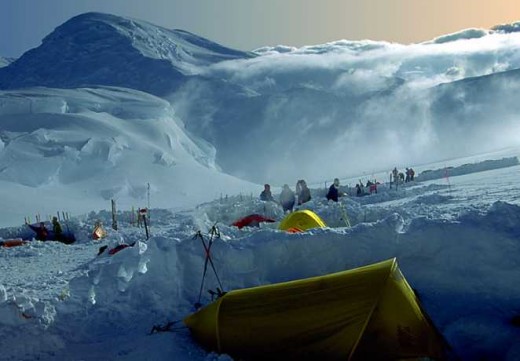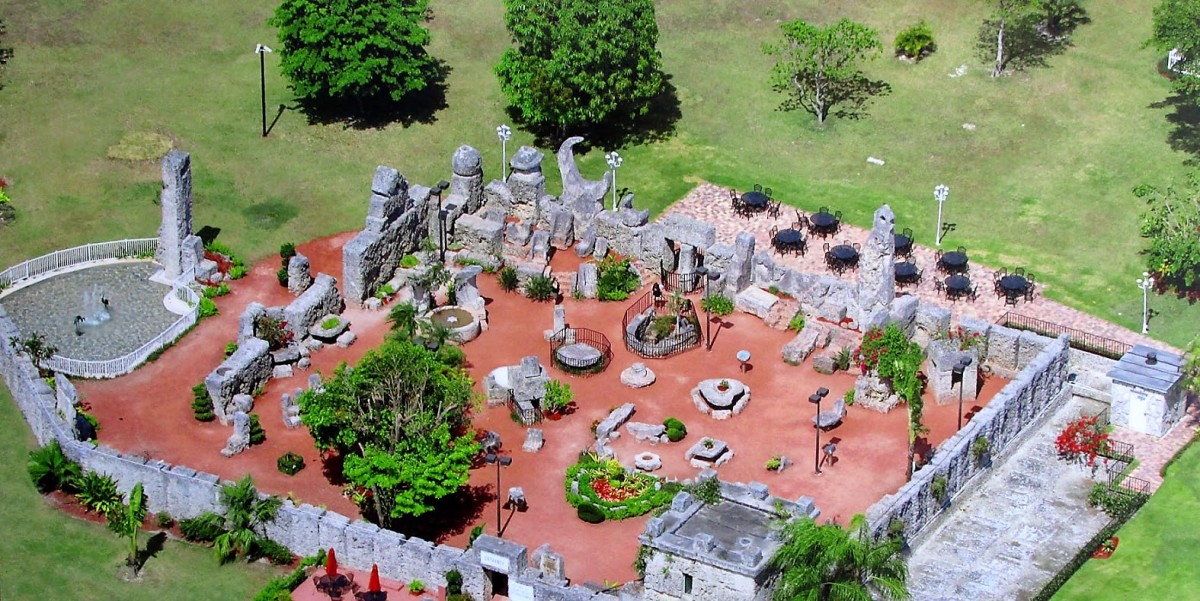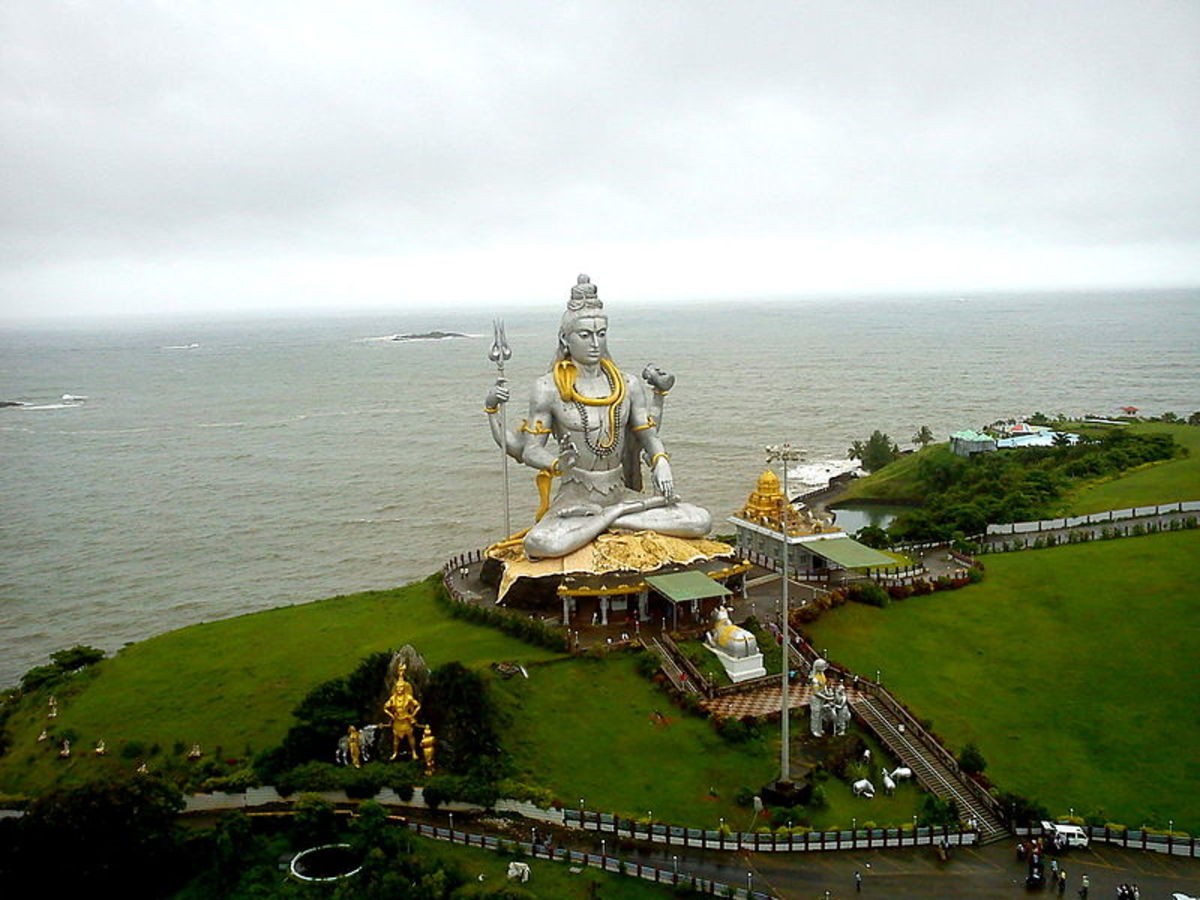acclimatization
Acclimatization means adaption to a new climate or other environmental conditions, in this article, I wil discuss temperature, altitude, other environmental acclimatization.
When humans move from a cool or temperate environment to a hot, dry desert environment or vice versa, they should spend up to seven days acclimatizing to the change in their environment. This lets the body make internal adjustments to compensate for the change in environment conditions. If the acclimatization process is ignored, then the person is at higher risk for heat related injuries (heat stroke, heat cramp, pneumonia). This is temperature acclimatization.
Altitude acclimatization is related to the height, when humans travel to altitudes above 10,000 ft (2,700 m), they may caught ailments like Acute Mountain Sickness, a condition typical to anyone traveling to high altitudes . Common symptoms of this ailment are headache, disturbed sleep, loss of appetite, nausea, coughing, breathlessness, exhaustion, lack of concentration, etc. The symptoms may appear in several hours to couple of day according to fitness. Normally these symptoms take the first 36 hours to develop. If you take rest for the first 24 hours and avoid any strenuous activity for the next 12 hours, then, your body will get used to the lower oxygen level in 2-3 days.
Now about environmental acclimatization. Although environmental stressors include temperature(includes cold, heat, humidity, dryness), altitude, etc, but whenn people move to a new place which has similar temperature and altitude but far away from their native habitat, they also have to adapt to any new conditions, such as food, water, soil even culture diversity. Here I will focus on this environmental acclimatization from my own experience.

Environmental Acclimatisation
In Chinese, not acclimatized literally means intolerance of water and soil(Shui Tu Bu Fu). According to Chinese traditions, when people leave his native place, they pack some brick and tile or soil from his well . When they feel sick, doesn't matter whether it's homesick or physically ailments, they take a little bit soil or cut off a bit brick or tile and boil it, then drink its water like drinking herbal medicine, it's said that well soil or brick and tile is a very effective medicine for any sickness related to un-acclimatisation.
I think, when you accustomed to one environment, drink its water, and eat its food produced from that place, your immune system has fully developed to protect you from harmful germs and virus and other parasites, but when you travel or move to a new place, drink the different water and eat food, expose yourself to some new harmful things, you become ill.
Most common symptoms of un-acclimatization are lost of appetite, nausea and vomiting, diarrhea, sore throat, bleeding nose, dermatitis (itching, rash, eczema etc skin problems) un-acclimatization may also trigger other sickness.
I went to Beijing when I was about 18, I got a sore throat and bleeding nose, because of the drier weather in Beijing than that in my hometown located in southern Yangtze River.
My nephew was born in Beijing, and came to live with my mum. He got very serious skin problem several days after arrival. Itching, blisters all over the body, clusters of bubble-like swelling under on skin. Mum had to scratch her back until he fell sleep, and resulted in breaking the bubble.
This problem lasted for as long as two and half years, sometime better, another time worse, it seems no remedy could cure the problem, till he went back to Beijing. Quit miraculously, my nephew stopped feeling itching when the trains pass Shanghai, all her blisters disappeared several days after he arrived at Beijing.
This happened to my own daughter, too. We went back to China to attend my youngest brother's wedding. My daughter lost appetite, got diarrhea, and high temperature. Sometime she only ate couple of grapes one day. Although she took some medicines, but symptoms came back after stop taking medicines. We came back to England three weeks later, her diarrhea was so serious that I have to change her nappy every half an hour in the airplane, because we went to the toilet too often, the flight attendant came and reminded me that the toilet is for business passenger only. But miraculously, as soon as we arrived at Heathrow airport, she drank half of a 125ml bottle of milk, she stopped diarrhea.



